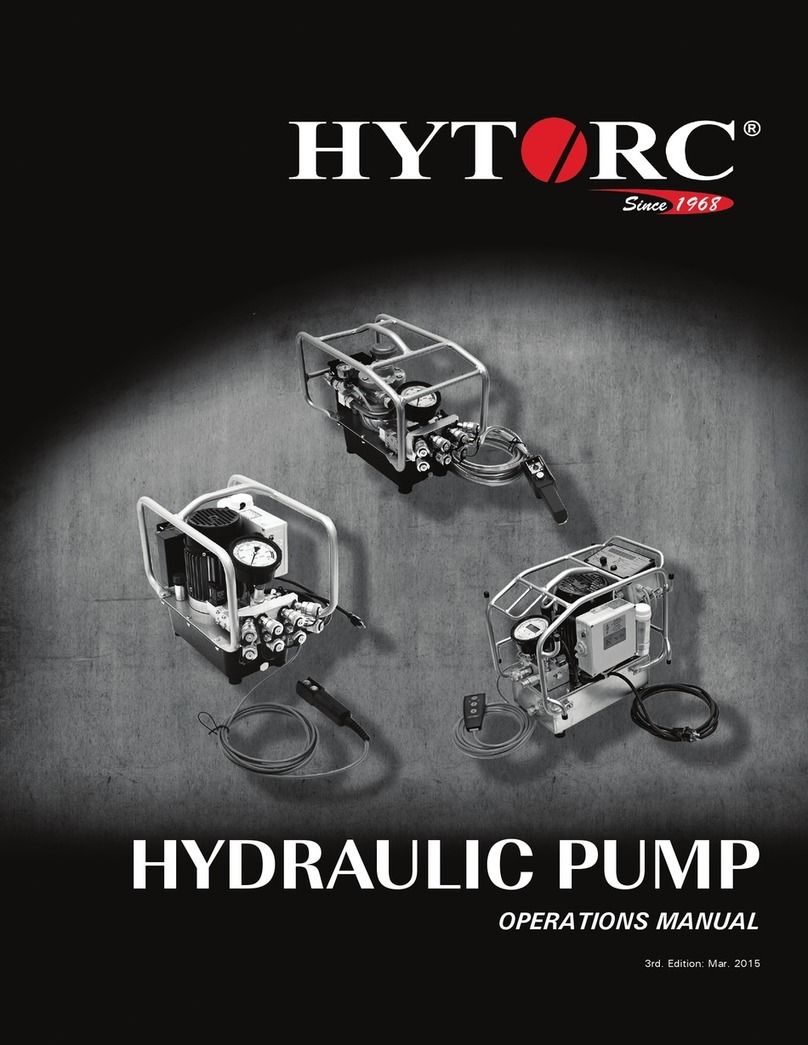
Table of contents
Notes concerning this manual and the manufacturer ............................................6
Keep the manual available .............................................................................................6
Design features of this manual.......................................................................................6
Referenced documents...................................................................................................7
Manufacturer's address ..................................................................................................7
Person responsible for documentation...........................................................................8
Warranty and liability ......................................................................................................8
Safety........................................................................................................................9
ATEX marking.................................................................................................................9
Equipment group (1).............................................................................................9
Equipment category (2)......................................................................................10
Ignition protection type (3)..................................................................................10
Explosion group (4) ............................................................................................10
Temperature class (5) ........................................................................................10
Equipment protection level (6)............................................................................11
ATEX marking of the unit....................................................................................11
Responsibilities of the operating company...................................................................11
Persons at particular risk..............................................................................................12
Qualification of personnel.............................................................................................12
Connecting the Compressed Air Supply ............................................................12
Tool connection ..................................................................................................12
Setting pressure/torque......................................................................................13
Assessing the state of the unit ...........................................................................13
Carrying the unit .................................................................................................13
Ban of unauthorized conversions .................................................................................14
Personal protective equipment.....................................................................................14
Basic safety information................................................................................................15
Preventing serious injury or death......................................................................15
Preventing explosion hazards ............................................................................15
Preventing burns from oil and hot surfaces........................................................15
Preventing poisoning..........................................................................................15
Preventing bone fractures and crushing.............................................................16
Preventing eye damage......................................................................................16
Preventing skin irritation.....................................................................................16
Preventing material damage ..............................................................................16
Intended use.................................................................................................................17
Ambient conditions .......................................................................................................17
Design characteristics of warning information..............................................................18





























